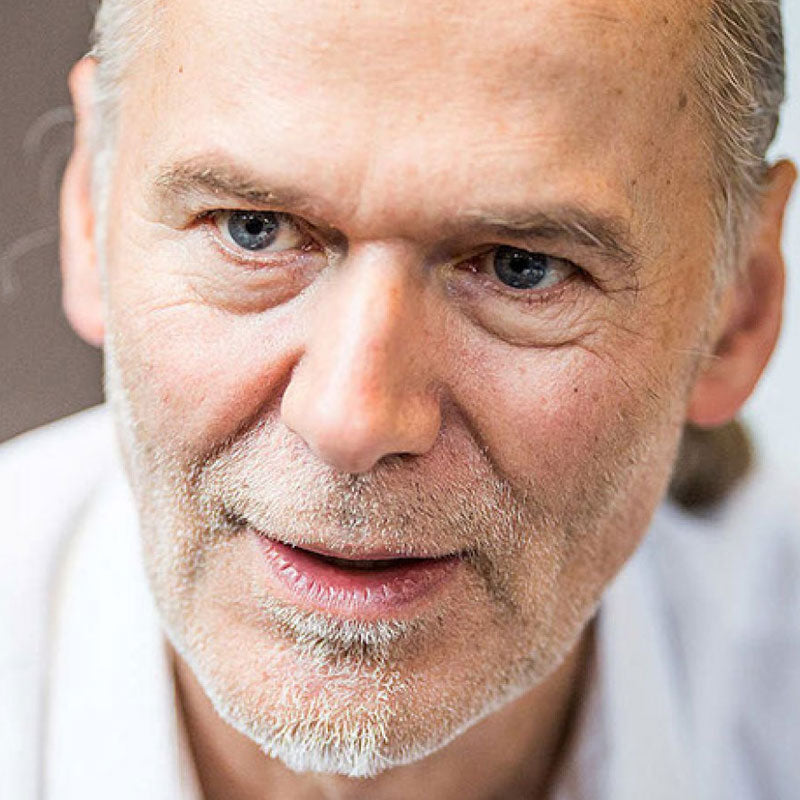The fascia system, your most valuable sensory organ

Definition and Appearance
The fascia are white, muscular connective tissue, which enclose every muscle, every bone, the organs and even the nerves without exception - every cell is enveloped by a fascia. We are made up of 25% fascia!
Function of the fascia
The fascia, in their entirety, represent a network that runs through the entire body with various tasks. Fascia give our body shape, support, and structure. They also influence the transmission of power within the muscles. The main tasks of the fascia as a sensory organ consist of communication and stimulus transmission. The largest number of receptors and nerve cells are located in the fascia, which flood our brain with sensory perceptions. This explains why a disturbance in the fascia area can lead to severe pain.
The significant presence of fascia and its crucial roles underscore its importance. Just as dental care is vital, so is the maintenance of the fascial system. To keep the fascia healthy, meaning flexible and elastic, we must ensure we move properly, that is, avoid harsh impacts and maintain balanced movements.
Springy trampoline movements
Keep the fascial network supple and elastic.
In indigenous cultures, where barefoot walking on natural ground is common place, people rarely suffer complaints with the musculoskeletal system. Our children are an indication of this. They run, jump, hop, and climb with great ease. This natural urge to move keeps our fascia healthy. By sitting frequently and walking and standing on hard, flat floors, we devastate our natural movement pattern, which would normally consist of walking barefoot on uneven and yielding ground. Tensions, pains, and wear and tear are the result of this pattern.

Dr Robert Schleip
Human Biologist and Dipl-Psychologist, Lecturer and Author (Specialty - Fascia Research)
«I am convinced that walking and standing on the elastic, springy kybun materials in everyday life can have profound effects on the entire fascial network. The widespread restriction of human movement today leads to connective tissue adhesions and stiffness, which result in numerous disorders in the musculoskeletal system.»


